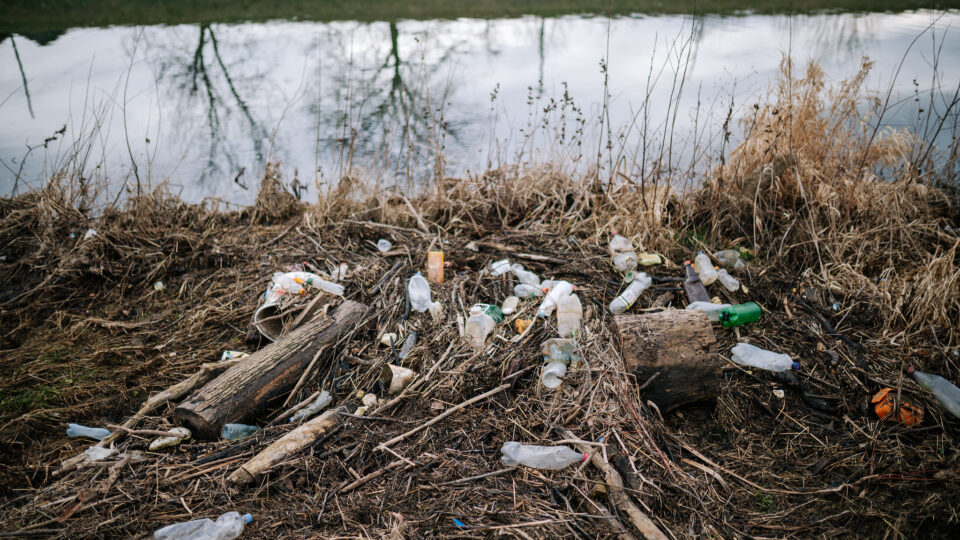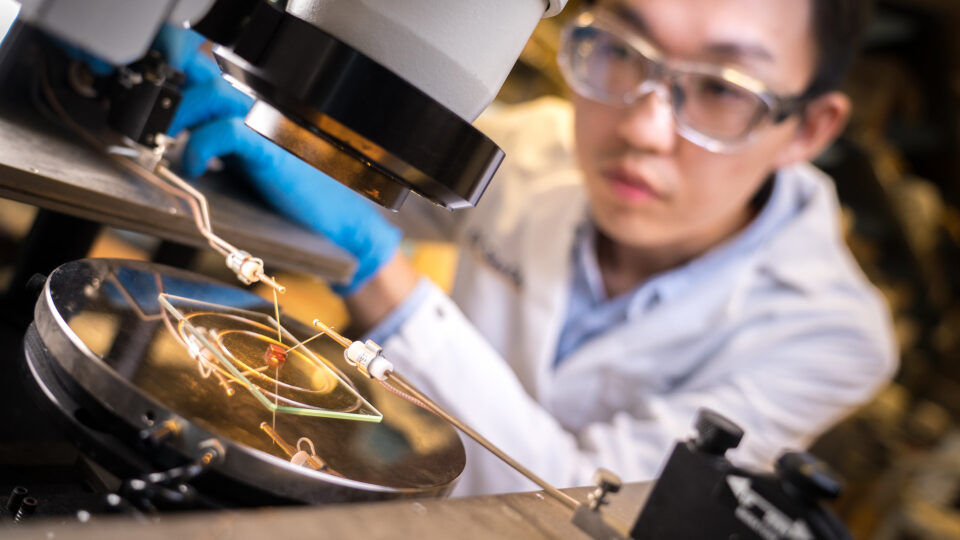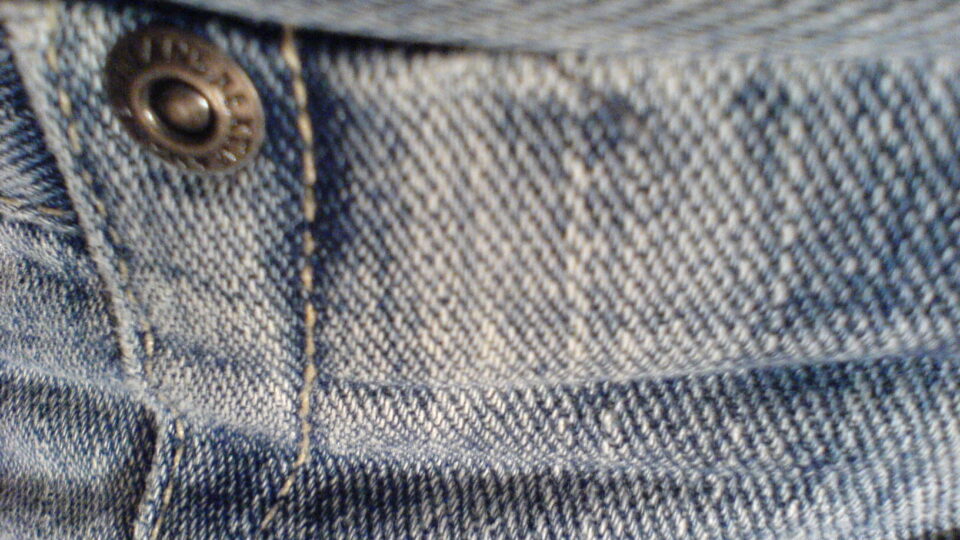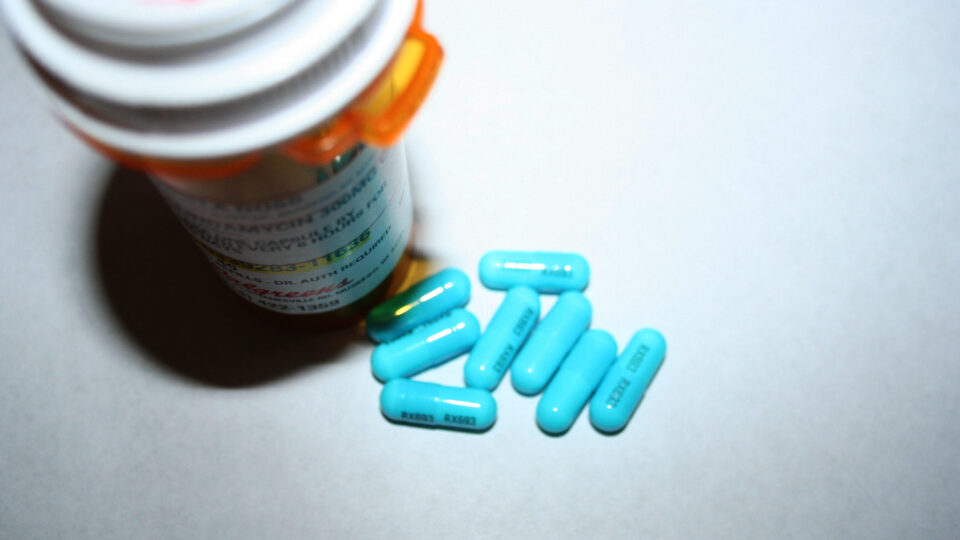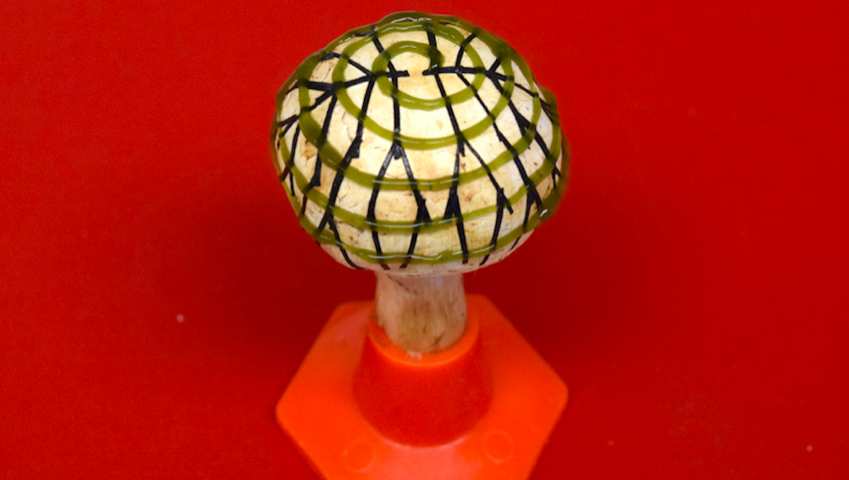Lithium-ion batteries are the standard energy source for electric vehicles, and they are also the dominant technology for storing energy in the electric grid. However, they are not the only game in town. There are other battery technologies that have various potential advantages over lithium-ion and some of them are getting the chance to show what they can do.
One is the iron-air battery. Unlike lithium-ion batteries that require expensive and strategically challenging materials like lithium, cobalt, nickel, and graphite, iron-air batteries make use of one of the most common elements in the earth’s crust.
Iron-air batteries operate on a principle known as “reversible rusting”. When discharging, the battery takes in oxygen from the air and converts iron into rust. While charging, electrical current converts rust back into iron and the battery releases oxygen. Batteries consist of a slab of iron, a water-based electrolyte, and a membrane that feeds a controlled stream of air into the battery.
A Massachusetts-based company called Form Energy is building a $760 million iron-air battery storage facility in the city of Weirton in West Virginia. Investment financing along with a $290 million government incentive package is paying for the facility.
The facility is designed to address the need for long-duration energy storage and will be capable of storing electricity for 100 hours at competitive prices. The battery modules will be about the size of a side-by-side washer/dryer and will contain a stack of 50 3-foot-tall cells. Such batteries are too big and heavy for use in cars but will be cheaper and higher-capacity than equivalent lithium-ion battery systems.
**********
Web Links
Form Energy selects West Virginia for its first iron-air battery plant
Photo credit: Form Energy
Earth Wise is a production of WAMC Northeast Public Radio


